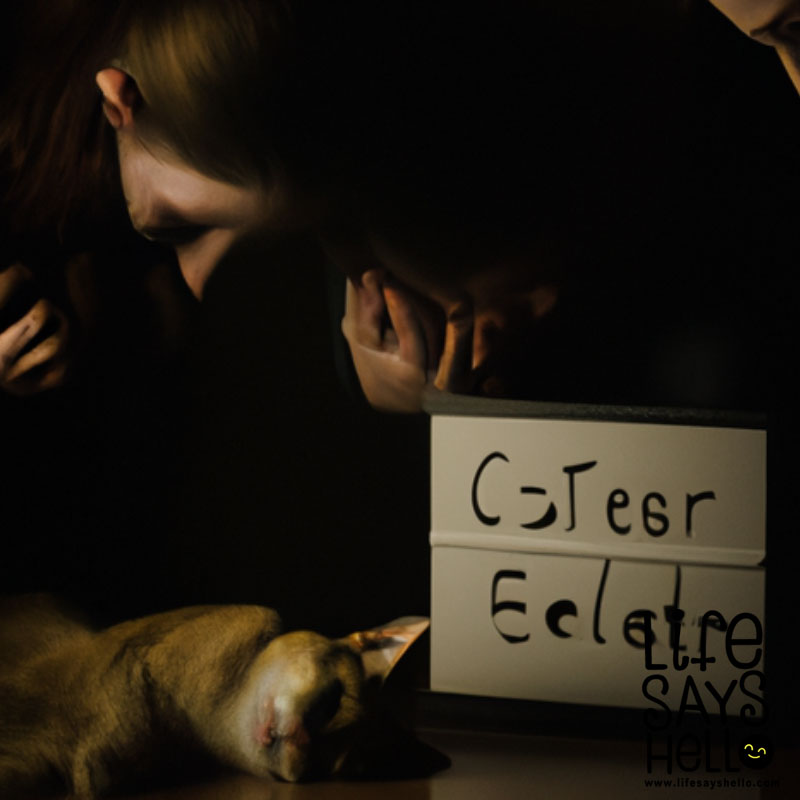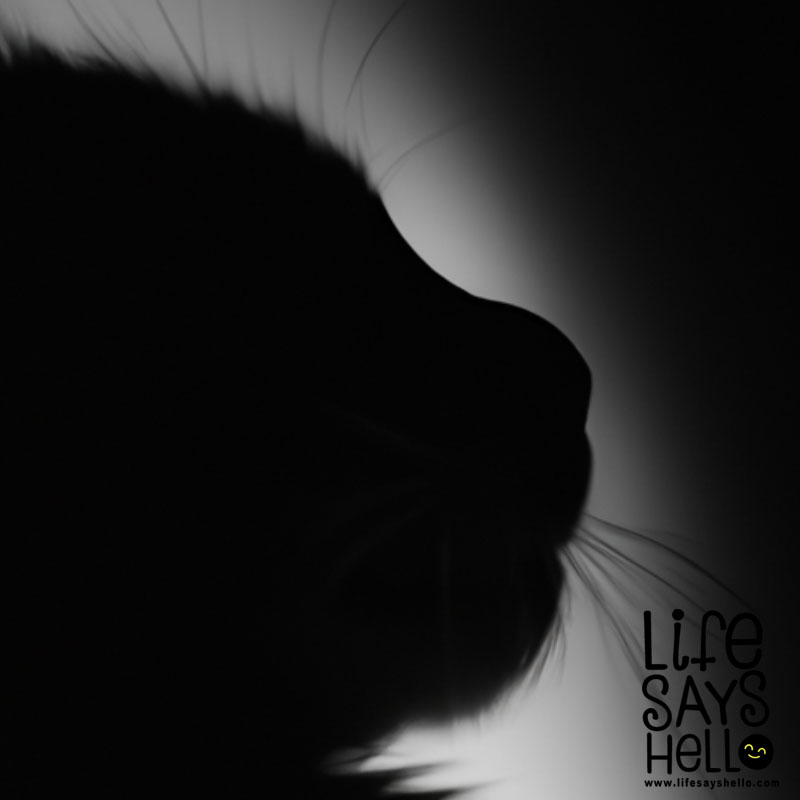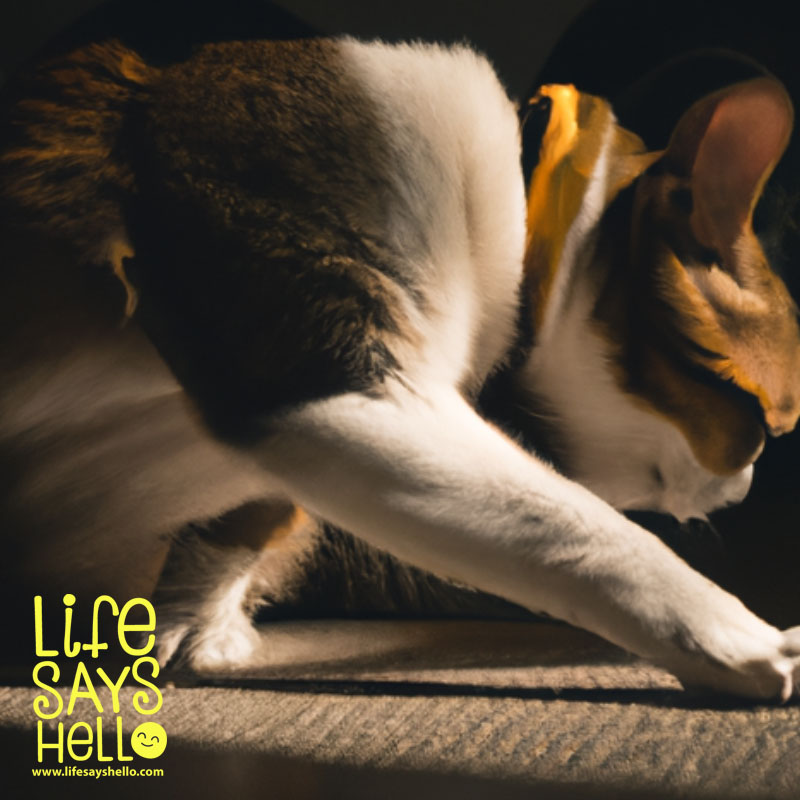The Purrfect Guide to Understanding Your Cat's Purr

Have you ever curled up on the couch and had your cat jump into your lap, start purring, and knead its paws contentedly on your legs? Or have you come home to find your cat purring loudly as it rubs against your ankles? Cats purr for many reasons, and learning why can help strengthen your bond with your feline friend. In this article, we’ll explore the science behind cat purring and what your cat is trying to tell you when it starts up its rumbly motor.
Purring for Contentment
One of the most common reasons for purring is to express happiness and contentment. An enjoyable experience like being petted, eating a favorite treat, or sitting in a warm sunbeam can all trigger purring. This rhythmic rumbling seems to radiate calmness and send the message "I'm relaxed and feeling great right now!"
Researchers believe purring may be tied to endorphin release and similar "feel good" neural mechanisms. Just as we might hum or whistle when we're in a pleasant mood, your cat's purr broadcasts its internal state of contentment.
Some signs your cat is purring for contentment include:
- Kneading paws on a soft surface
- Gently waving tail
- Half-closed eyes
- Lying comfortably on its side
Try giving your cat a nice head scratch or brushing its coat, then listen for the resulting purr. The soothing vibrations are your cat's way of saying "That feels so good - don't stop!" Purring is a positive reinforcement that encourages more of the attention your cat craves.
Purring to Communicate
In addition to expressing contentment, cats may also purr to communicate desires or get your attention. For example, a plaintive purr coupled with winding around your ankles says "Feed me now, please!" Persistent purring and nudging while you're busy on the computer is your cat's signal that it's craving playtime and interaction.
Researchers have found that cats have evolved the ability to embed a "cry" sound within the more pleasant purr. This cry closely mimics the frequency of a human infant's wail. Scientists believe manipulating our innate nurturing instinct with this cry-purr may be an adaptive way for cats to ensure their needs are met.
Watch for these clues that your cat is using its purr to communicate:
- Purring coupled with restless activity
- Insistent nudging and pushing against you
- Purring loudly then stopping when you respond
Try paying close attention next time your cat purrs persistently. Determine what it needs - play, food, attention? Then respond accordingly to satisfy your demanding furball. With experience, you'll learn to interpret the meaning behind your cat's varied purr tones and rhythms.
Purring to Bond with Family
Kittens as young as a few days old can purr, allowing them to communicate and bond with their mothers. Mother cats also purr frequently to their nursing kittens as a way to soothe and reassure them. The rhythmic vibrations are like a lullaby saying "You're safe here with me".
This bonding power of purring continues into adulthood. Cats strengthen connections within their human and feline families through purring. The rumbling sound is a sign of familiarity and comfort when cats purr around loved ones.
Notice when and where your cat purrs most frequently. It likely reserves its bonding purr for cherished company - purring happily when you return home or curl up together on the couch. Try reciprocating by mimicking the soothing purr sound with your own gentle shhh shhh shhh. This can help build an even stronger bond with your purrfect pal.
Purring for Self-Soothing
Cats also have the intriguing ability to purr when injured or sick as a means of self-soothing. This seems counter-intuitive, since the rapid muscle contractions of purring require energy expenditure. However, scientists believe the physiological effects and endorphins released when purring may help cats manage pain and discomfort.
Just as we might whistle a cheerful tune to calm our nerves in a stressful situation, your cat's purr may serve as a kind of feline coping mechanism. The act of purring when hurt or distressed seems to be soothing, much like a child sucking their thumb.
If you notice your cat purring more than usual, inspect it gently to see if it's injured or coming down with an illness. Cats often purr strongly when in pain as a way to self-calm. Try to determine the cause of their discomfort and provide tender care to help your purring patient feel better soon.
Signs your cat may be purring to self-soothe include:
- Loud purring when clearly injured or ill
- Purring coupled with limping or lethargy
- Purring during or after veterinary exams
Purring for Healing
Researchers have found that the frequencies produced by cat purring fall within a range that can help stimulate bone regeneration and wound healing. The rhythmic vibrations may physically stimulate cells in ways that aid recovery and repair processes within their bodies.
As a result, the purr vibration seems to have innate healing effects for cats. Just as the optimized stride of a cheetah evolved for speed, your cat's purr may have evolved over time as an adaptive mechanism for self-healing. Pretty amazing that their bodies can activate these "kitty superpowers" when needed!
While we don't yet entirely understand all the nuances of what cats are communicating via purring, decoding the meaning behind this unique feline vocalization can certainly deepen the bond with your furry friend. Next time your cat purrs its distinctive rumbly rumble, take a moment to consider why.
Key Takeaways:
Cats purr for many reasons, including contentment, communication, bonding, self-soothing, and healing.
Pay attention to your cat's body language and activity when it purrs to help deduce the meaning behind this vocalization.
Respond positively to purring by providing the food, affection, play or care your cat is requesting.
Purring frequencies may have innate calming and healing effects on cats.
The range of information cats can convey through purring is impressive. So the next time you feel the reverberations of your cat's purr, take a moment to appreciate the uniqueness of this feline sound and what it reveals about your cat's inner state. Understanding the science and meaning behind your cat's purr will surely help strengthen your special bond.
Let us know in the comments about when your cat purrs and what you think it is trying to tell you! We'd love to hear your purring stories.




Comments